This blog and website is mainly in french. But I try to get it in english too. You can always check the games I've written in english.
Here's also an index of the posts in english.
Billets récentstous les billets

La fin d'année, c'est l'heure des bilans, c'est l'heure des récompenses ! Et cette année, sur le blog, ce sera l'occasion de faire les Gulix d'Or ! J'ai décidé de pas faire de Top 10 ou autres. Juste un Gulix d'Or dans pleins de catégories. Et un dauphin à chaque fois. C'est …
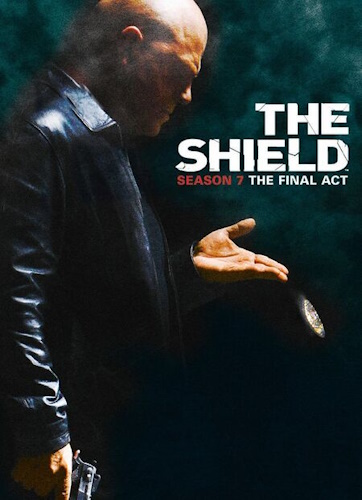
On termine l'année 2024 avec d'excellentes productions, voire même des chefs d'œuvre. Rien que ça, oui. The Shield, Saison 7 Et voilà. Adieu Farmington. Vingt ans plus tard, quinze environ pour cette dernière saison, la série n'a rien perdu de son impact dramatique. Je ne ferai pas un pavé ici …

Tout avait commencé par cette idée de rejouer à Après l'Accident (qui est en promo, avec tous mes jeux, jusqu'à la fin de l'année) pendant les fêtes, une entrée par jour. Une histoire imprévisible, tant pour le lecteur que pour moi, puisque le tirage des cartes m'amenait à improvisait cette …

Vous avez dû le remarquer, sauf si vous accédez à ce site par des moyens non conventionnels, ou si c'est la première fois, ou si encore vous ne faites guère attention à tout ça... Bref. Le site a une nouvelle apparence. J'ai changé le moteur de génération il y a …
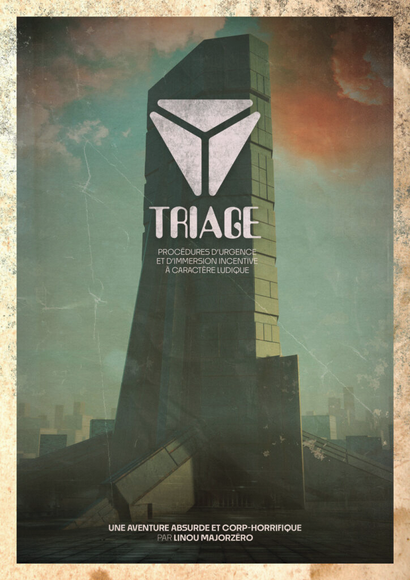
Une nouvelle revue de lecture autour du JDR. De la création française, c'est assez rare pour être souligné. Une proposition qui tourne pas mal autour du GN, ce qui est tout aussi rare (voire plus). C'est bientot Noël, faites-vous plaisir et faites plaisir avec des jeux indés, et n'hésitez pas …
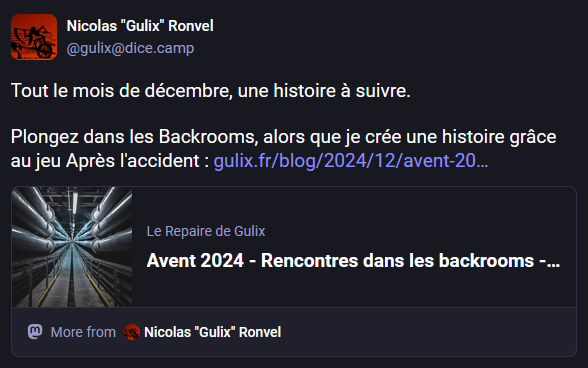
Quelques nouveautés autour du blog... Now Pour commencer, influencé par Côme Martin, je me lance moi aussi avec une Now Page. Le concept ? Juste une simple page mise à jour régulièrement, exposant ce que je fais, ce que j'ai prévu, sans prétention. Un mini journal de bord. https://www.gulix …

Pour plus d'informations sur cette histoire, sur son origine, sur le concept, et pour découvrir l'introduction, jetez un œil au premier billet, ainsi qu'à la Première Partie. J'ai volontairement choisi de ne pas reproduire les prompts ici, tout en indiquant à chaque entrée la carte de référence. Vous pouvez retrouver …
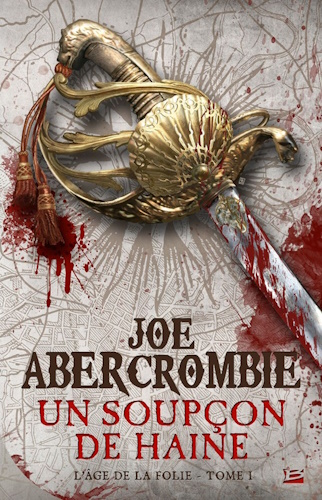
Alors que la fin de l'année approche, qu'ai-je abordé et découvert d'un point de vue culturel ? J'ai, encore et toujours, pleins de trucs en court, dont je parlerai plus tard. Mais voici ce que j'ai refermé récemment. Un Soupçon de Haine, de Joe Abercrombie J'avais lu et beaucoup apprécié Joe …
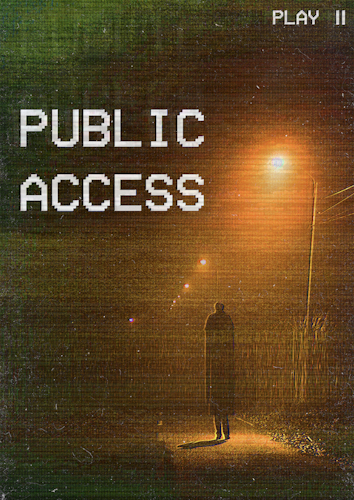
Public Access est sorti le 19 décembre 2023 en français. Il y a presque un an maintenant ! Sorti uniquement en PDF, j'avais annoncé réfléchir à un moyen de le proposer en version physique. Cela a pris pas mal de temps d'essais, de réflexions et d'analyse, et je m'étais fixé comme …

Pour plus d'informations sur cette histoire, sur son origine, sur le concept, et pour découvrir l'introduction, jetez un œil au premier billet. J'ai volontairement choisi de ne pas reproduire les prompts ici, tout en indiquant à chaque entrée la carté de référence. Vous pouvez retrouver les prompts dans les règles …